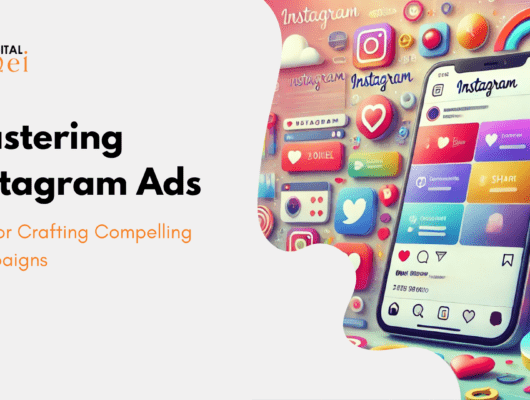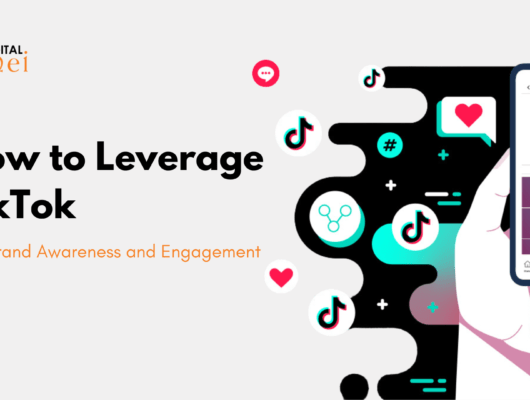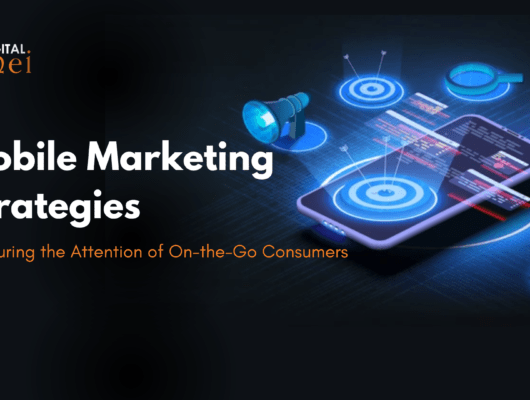Are you struggling to make your Facebook ads stand out in a sea of content? You’re not alone. In today’s digital landscape, capturing your audience’s attention and driving meaningful engagement has become more challenging.
Imagine being able to target the correct audience at the right time with your ads, enhancing their effectiveness, and seeing a sharp increase in conversions. Facebook Ads can help you achieve that. This powerful tool may serve as your secret weapon in the struggle for online visibility and client engagement.
In this comprehensive guide, we’ll dive deep into the world of Facebook Ads. We’ll cover all you need to know to revolutionize your advertising efforts, from understanding the fundamentals to putting advanced strategies into practice.
Introduction
Facebook Ads are paid messages that businesses create to promote their products or services on the Facebook platform. These advertisements can be shown in users’ news feeds, stories, or in the right-hand column of the desktop site. They may also appear in the form of photos, videos, carousels, or slideshows.
The beauty of Facebook Ads lies in their targeting capabilities. Based on factors like age, gender, geography, hobbies, and behaviors, advertisers can target specific demographics. With this degree of accuracy, companies can target the correct audience with their messaging, which raises the possibility of engagement and conversions.
Mastering Facebook Ads: Strategies to Enhance Engagement and Conversions
Targeting
By ensuring that your ads are seen by relevant audiences, effective targeting raises the possibility of conversion. By specifying characteristics, interests, and behaviors:
- Build custom audience segments based on previous interactions, such as website visits or email subscriptions, to target people who are already familiar with your business.
- To expand your audience and connect with people who are similar to your current clients, use lookalike audiences.
- Make sure that your advertisements are directed at the correct audience, by eliminating unnecessary content and concentrating on visitors who are more likely to convert.
Crafting Compelling Ad Copy and Visuals
Your advertisements’ text and visuals serve as a representation of your brand, attracting viewers and spreading your message. To produce powerful advertisements that move your viewers to action:
- Use attractive visuals and catchy headlines to stand out in the crowded news feed.
- Use client testimonials or user-generated content (UGC) to add validity and authenticity.
- For fast engagement with your target audience, make sure your messaging is concise and concentrated on the benefits you provide.
Call-to-Action (CTA):
Users are encouraged to take action after viewing your advertisement by an attractive call to action. A well-written call to action directs people toward conversion, producing measurable outcomes for your efforts, whether the goal is to encourage them to make a purchase, subscribe to a newsletter, or explore your website more.
- Use phrases like “Shop Now” or “Discover More” to encourage action and convey the desired result.
- To motivate an immediate response, incorporate elements of scarcity or urgency through limited-time offers or exclusive availability.
- Try several designs and positions for your call to action to see which works best for generating conversions.
Ad Testing and Optimization:
It’s important to keep testing and improving your advertising strategies in response to performance statistics. By experimenting with various ad elements and evaluating the results, you can determine which ones resonate most with your target demographic. With this strategy, you may gradually increase campaign efficiency by making informed decisions.
- To find the most effective combinations of ad elements, such as headlines, pictures, and calls to action, compare them using A/B testing.
- Make use of Facebook’s split testing feature to test several variables at once and speed up the testing process. To find the most effective combinations of ad elements, such as headlines, pictures, and calls to action, compare them using A/B testing.
- Using performance data, continuously track and fine-tune your campaigns to increase efficiency and produce better outcomes over time.
Performance Tracking and Analysis:
To evaluate the effectiveness of your advertising activities and make well-informed decisions to improve them, you must monitor performance and analyze data. By keeping a careful eye on important metrics and analyzing campaign performance data, you may identify areas that require improvement and modify your strategy to produce better results over time.
- Create personalized conversion monitoring systems to measure particular goals and behaviors, such as purchases or registrations, and accurately determine the success of your campaigns.
- Leverage Facebook’s ad analysis tools to evaluate crucial information including conversion rates, click-through rates, and return on advertising expenditures. This will help you identify areas that need improvement.
- Incorporate a systematic process for regularly reviewing performance to detect trends, patterns, and optimization opportunities.
You may optimize the effectiveness and quality of your Facebook advertising campaigns by implementing these strategies and implementing best practices.
Budget Allocation:
To maximize your return on investment, a smart budget planner will divide your advertising spend among multiple campaigns and ad sets. You can optimize your advertising expenditure for optimal effectiveness by allocating funds where they are most likely to produce good results — by identifying the top-performing campaigns through analysis of the performance data.
- Start with a small test budget and build it up over time as you find effective campaigns and audience segments.
- Increase spending on ad sets and campaigns that are working well to boost return on investment and improve outcomes.
- Make use of Facebook’s budget optimization tool to direct your funds toward the most effective ad sets and campaigns.
Retargeting:
You may increase the chance of conversion by re-engaging visitors who have already interacted with your brand through retargeting advertising. You can maintain leads and encourage them to do desired actions, like making a purchase or signing up for a service, by segmenting your audience based on previous interactions and sending them targeted content.
- To deliver personalized messaging and offers, segment your retargeting audiences based on particular behaviors or actions, such as website visits or cart abandonment.
- Use dynamic product ads to retarget customers with products they have previously viewed or expressed interest in to increase conversions.
- Try different retargeting tactics, such as frequency caps and ad sequencing, to increase conversion rates and user engagement.
Conclusion:
Using Facebook Ads is an effective way to enhance your brand’s visibility, drive engagement, and increase conversions. You can design effective campaigns that deliver tangible results by understanding your target audience, creating captivating advertisements, and regularly evaluating your performance.
Refining your strategy for maximum impact is essential to staying ahead in the ever-changing world of digital marketing. By implementing a well-crafted Facebook ad strategy, your company can achieve unparalleled levels of success and engagement.





